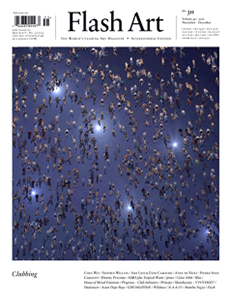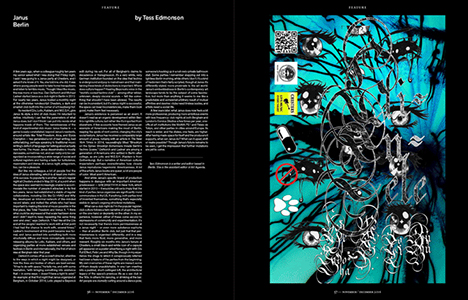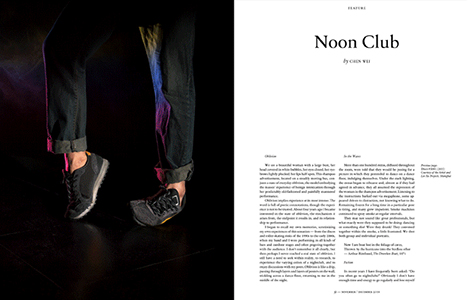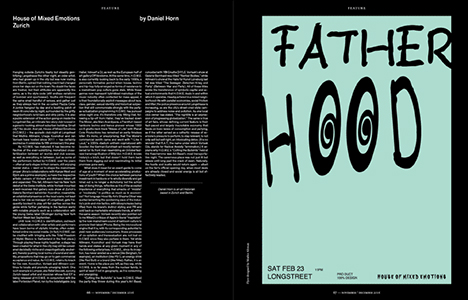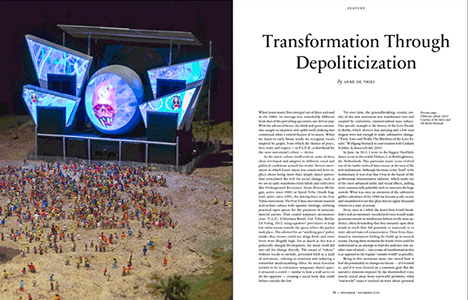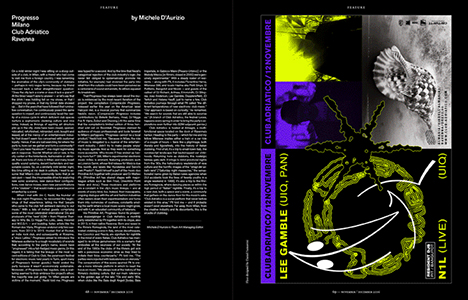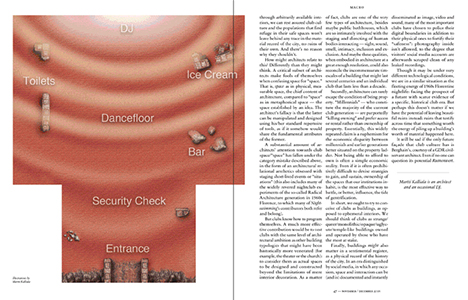This issue explores the interfaces between clubs, clubbing culture and creative communities.
The issue is built on two mirroring trajectories. The first addresses club nights, which since the early 2000s have served as backdrops for some of the world's most vibrant urban scenes: Asian Dope Boys in Beijing and Shanghai (by Milia Xin Bi); Bliss in Vienna (by Natalie Brunner); Clara 3000 in Paris (by Daniele Balice); Dudesweet in Bangkok (by Onsiri Pravattiyagul); GHE20G0TH1K in New York (by Alex Frank); House of Mixed Emotions in Zurich (by Daniel Horn); Janus in Berlin (by Tess Edmonson); Mamba Negra in São Paulo (by Vinicius Duarte and Germano Dushá); N.A.A.F.I in Mexico City (by José Esparza Chong Cuy); Príncipe in Lisbon (by Margarida Mendes); Progresso in Milan and Club Adriatico in Ravenna (by Michele D'Aurizio); Skotoboynia and VV17CHOU7 in Moscow (by Felix Sandalov); Tropical Waste in London (by Steph Kretowicz); and Wildness in Los Angeles (by John Tain). A nexus for new understandings of the collective, these parties are signifiers not only for new sonic endeavors, but also for new dance-floor configurations, new dance moves, even new personifications of the “clubber.”
Our second trajectory examines artists who have considered clubbing culture through their own practices. Pierre-Ange Carlotti, Chen Wei, Anne de Vries, Amy Lien & Enzo Camacho, Daniel Pflumm and Stephen Willats have been invited to share how they process and interpret the social ritual of clubbing.
For the issue's “Data” we have linked up with the research studio AMO. Ippolito Pestellini Laparelli introduces a special project that digs into the status of contemporary nightlife and its spatial implications. In line with these questions, for the issue's “Macro,”
Martti Kalliala invites us to consider clubs as built spaces with layered temporalities, designed not as ephemeral interiors but rather reconciling the incommensurate timescales of a building that might last several centuries and an individual club with a limited lifespan.
While the 1990s are still regarded as the era of high clubbing, this issue affirms the many social and cultural innovations that clubs have nurtured for millennials, reminding each of us to never stop dancing.
Flash Art is a contemporary art and culture magazine (and a
publishing platform) founded in 1967. Within a decade, it became an indispensable point of reference for artists, critics, collectors, galleries, and institutions. In 2020,
Flash Art became a quarterly publication, at the same time increasing its trim size and updating its graphic identity. The magazine offers a fresh perspective on the visual arts, covering a range of transdisciplinary approaches and fostering in-depth analyses of artist practices and new cultural directions. Today,
Flash Art remains required reading for all who navigate the international art scene.
Flash Art is known for it covers featuring artists who subsequently become leading figures in the art world. The magazine includes photoshoots, productions, critical essays, monographic profiles, conversations with emerging and established artists, and a range of ongoing and thematic columns that change every few years. The long history of the magazine is also highlighted by pivotal texts from the archive that are included in the publication time to time. Finally, every issue offers a highly curated selection of the best institutional exhibitions on the global scene.

